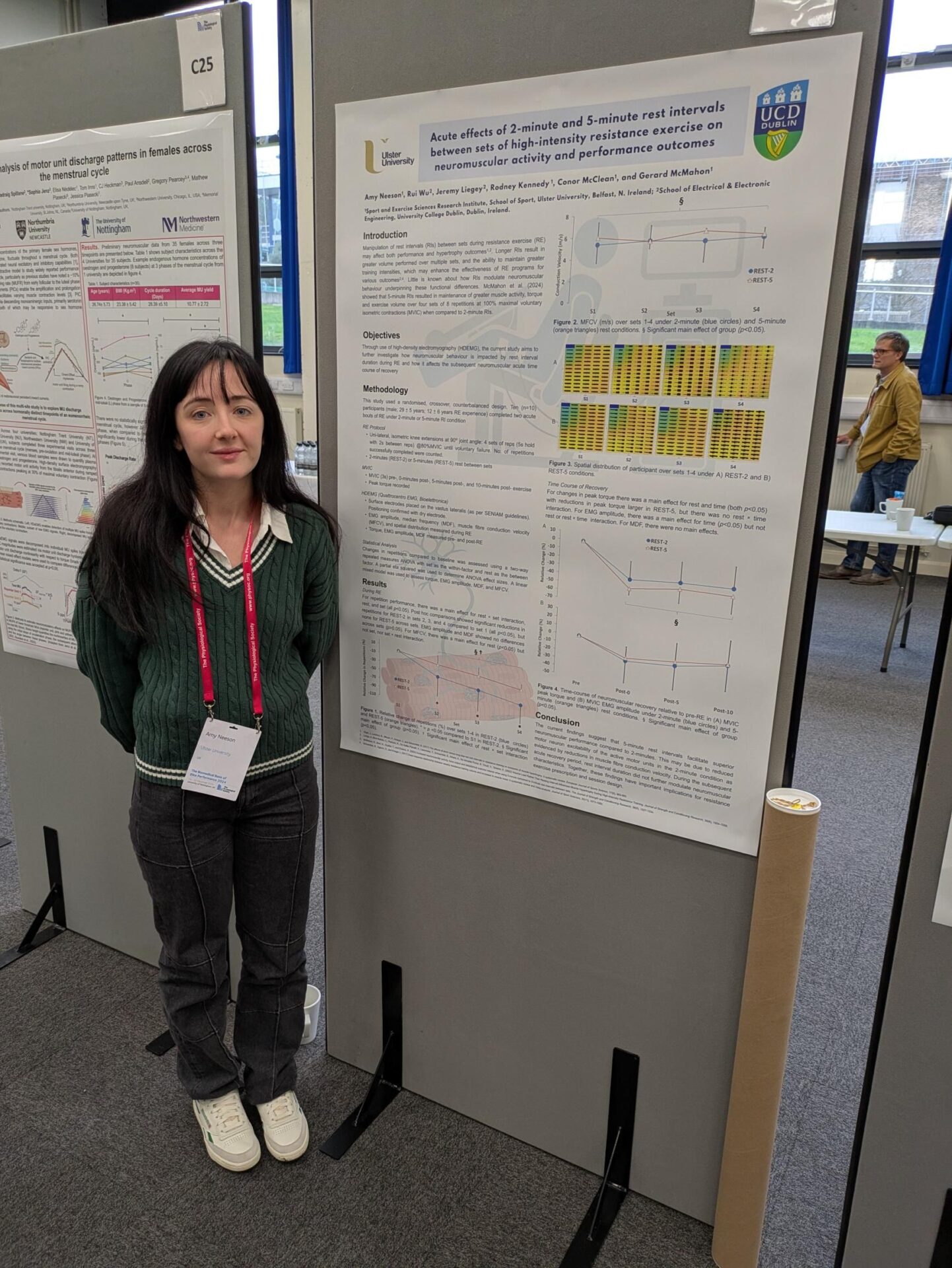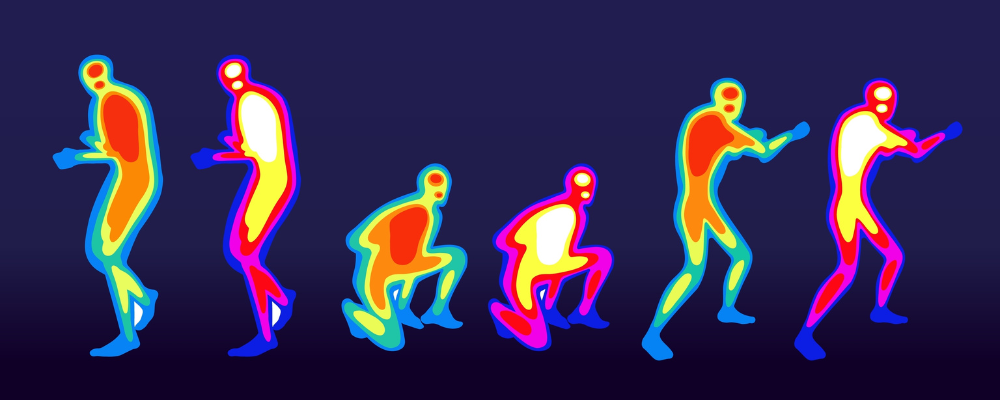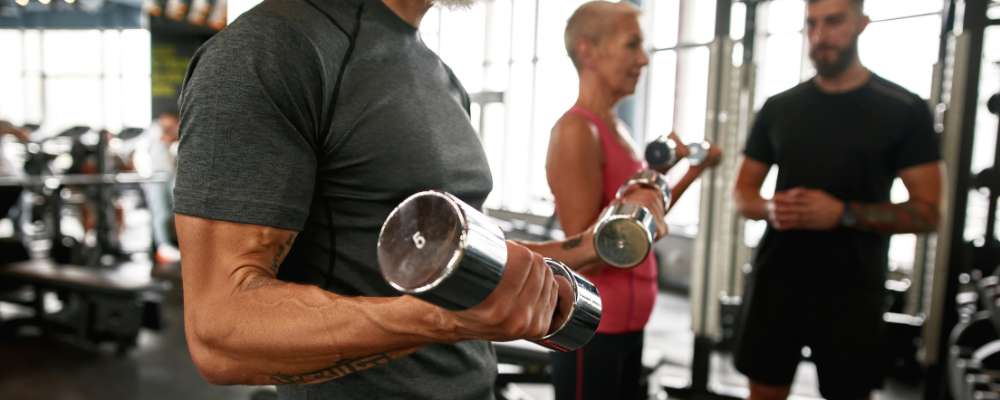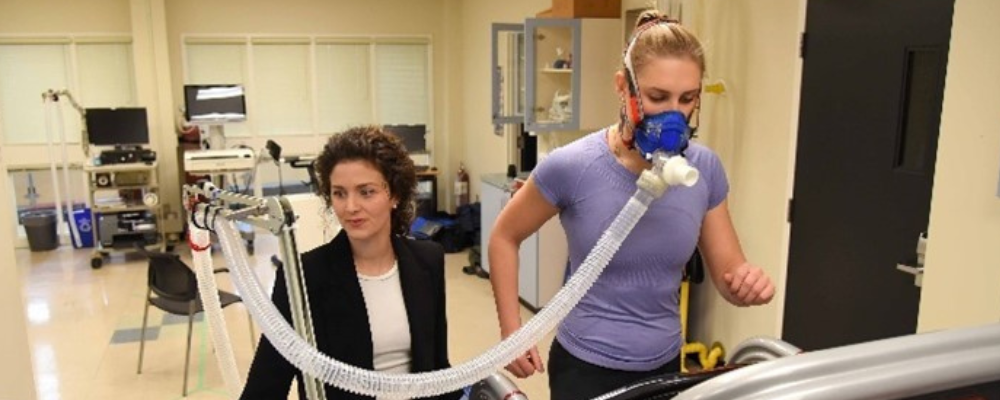
Meet the early career researcher competition winners and runners-up
We wrapped up 2024 with the fourth edition of The Biomedical Basis of Elite Performance meeting, which covered injury rehabilitation, altitude training and adaptation, muscle adaptation and pharmacological interventions in body composition and function. Alongside the invited speaker sessions, the oral communications and posters showcased the high-quality research taking place in this field. Our early career competition winners and runners up tell us more about the work they presented at the meeting below.
Tamara Valencic, Loughborough University, UK
Winner of the Early Career Researcher Poster Competition at The Biomedical Basis of Elite Performance 2024 for their poster, Long-term effects of ACL reconstruction with a hamstring tendon graft on neural control of the vastii muscles at different knee-joint angles.
Our research shows that during isometric knee-extension torque production ~3.1 years after a hamstring-tendon ACL reconstruction (ACLR), spinal motoneuron output to the vastii muscles of the reconstructed leg remains attenuated compared to the uninjured contralateral leg – despite no meaningful deficits in isometric knee-extensor strength or quadriceps voluntary activation. Additionally, these deficits in motoneuron output were independent of the knee-joint position but appeared more pronounced during maximal than submaximal levels of knee-extension torque production.
We also found that the attenuated motoneuron output was accompanied by a suppressed increase in dendritic persistent inward currents with increasing torque output – this suggests that ACLR may impact the modulation of spinal motoneuron excitability long-term, possibly due to increased synaptic inhibition.
Overall, our findings indicate that even after full recovery of isometric knee-extensor strength post-ACLR, neural control of the muscle torque production may remain compromised. This work was funded by the National Rehabilitation Centre and Loughborough University.
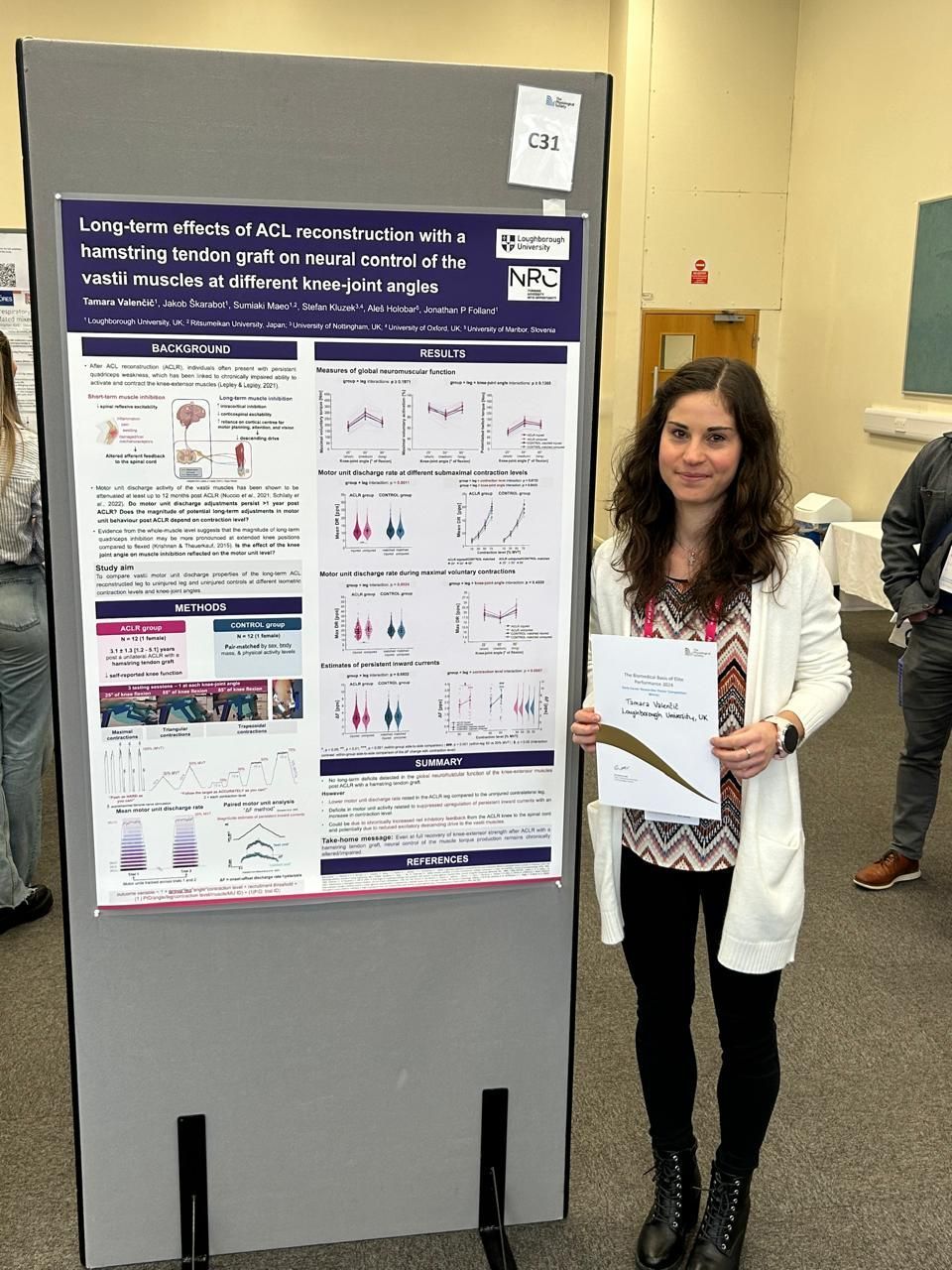
Tamara Valencic (Loughborough University, UK) Winner of the Early Career Researcher Poster Competition at The Biomedical Basis of Elite Performance 2024
Jack Bond, Loughborough University, UK
Runner up of the Early Career Researcher Poster Competition at The Biomedical Basis of Elite Performance 2024 their poster, The effect of infrared radiation emitting garments on acute mitochondrial molecular signalling responses to high intensity interval exercise.
Exercise activates molecular signalling pathways for synthesising mitochondria which has implications for improving endurance exercise performance. Central to this process is the activation and nuclear translocation of sensor proteins (AMPK, CaMKII and p38 MAPK) that detect challenges to homeostasis with exercise and activate PGC-1α gene expression. Consequently, there is an increase in mitochondrial biogenesis.
Infrared radiation (IR) is an intervention that may enhance this adaptive response. IR is usually emitted from lamps and saunas, which are impractical for athletes. Recent technology has allowed the emission of IR from garments (i.e., Kymira powered by Celliant® garments) that are easier to use and can be worn throughout exercise. Metal oxides (i.e., silicon oxide, aluminum oxide and titanium oxide) spun into the fibres of the yarn absorb body heat and/or sunlight. These compounds then re-emit this absorbed energy as IR. The aim of our research was to determine if IR emitting clothing could increase the activation and nuclear translocation of proteins and expression of genes important in mitochondrial biogenesis in response to a bout of high intensity interval exercise (HIIE).
Our results indicated that IR emitted from clothing during HIIE increased the activation of CaMKII and p38 MAPK above that seen with exercise alone. The nuclear translocation of AMPK was increased and gene expression of PGC-1α tended towards being increased with IR emitting clothing above exercise alone.
These findings suggest that wearing IR emitting clothing during HIIE enhanced the acute cellular signalling pathway for mitochondrial biogenesis. However, further research on the chronic adaptive response is required to determine if these immediate increases in cellular signalling observed with IR emitting clothing results in an increased mitochondrial content or altered function compared to training alone.
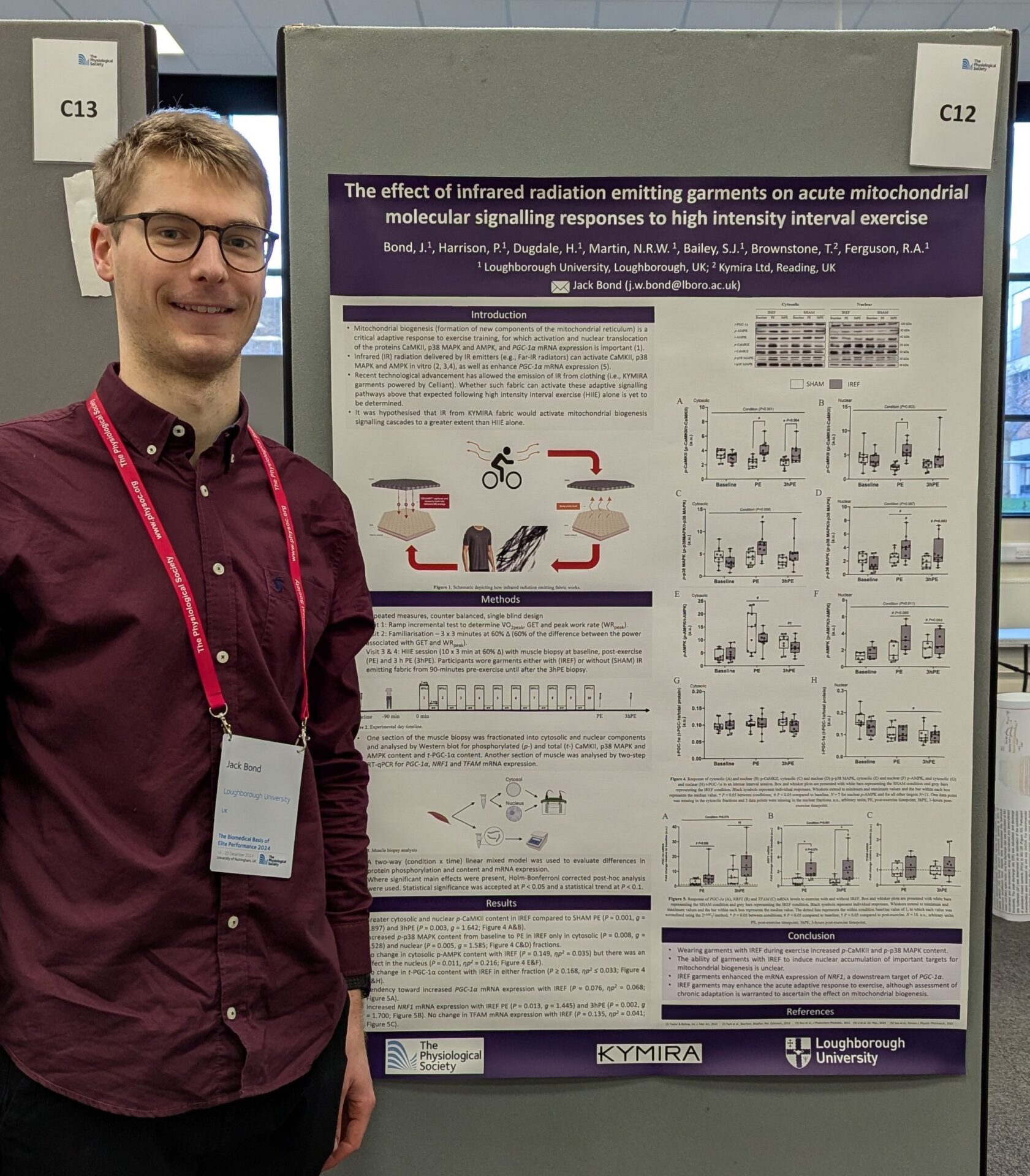
Jack Bond (Loughborough University, UK) Runner up of the Early Career Researcher Poster Competition at The Biomedical Basis of Elite Performance 2024
Amy Neeson, Ulster University, UK
Runner up of the Early Career Researcher Poster Competition at The Biomedical Basis of Elite Performance 2024 their poster, Acute effects of 2-minute and 5-minute rest intervals between sets of high-intensity resistance exercise on neuromuscular activity and performance outcomes.
Longer rest intervals (RIs) between sets of resistance exercise (RE) facilitate the maintenance of greater volumes and/ or training intensities. This may enhance the effectiveness of resistance training programmes designed to improve performance or muscle hypertrophy outcomes. This study aimed to investigate how 2-minute and 5-minute RIs impact neuromuscular function and behaviour during RE and also during the subsequent acute recovery phase.
10 participants (male; 29 ± 5 years; 12 ± 6 years RE experience) performed two RE sessions of 4 sets of isometric knee extensions (80% MVIC until voluntary failure) with 2-minutes (REST-2) or 5-minutes (REST-5) rest between sets. MVIC’s were performed pre and post (0-mins, 5-mins, 10-mins) RE. High-density electromyography (HDEMG; Quattrocentro EMG, Bioelettronica) was used to assess vastus lateralis muscle activity. During RE, REST-2 had significantly greater reductions in relative repetition performance compared to REST-5 (p<0.05). Muscle fibre conduction velocity was also significantly lower for REST-2 (p<0.05), however there were no differences in EMG amplitude nor median frequency (MDF). During acute recovery, REST-5 had greater reductions in peak torque (compared to baseline) than REST-2 (p<0.05). For EMG amplitude, there was a significant effect for time (p<0.05), but no effects for MDF.
These findings suggest that 5-minute RIs facilitate greater neuromuscular performance compared to 2-minutes. This may be due to reduced motor neuron excitability of active motor units, as evidenced by reduced MFCV. During the acute recovery period, torque was affected by RI, which may have important implications for RE prescription and session design.
